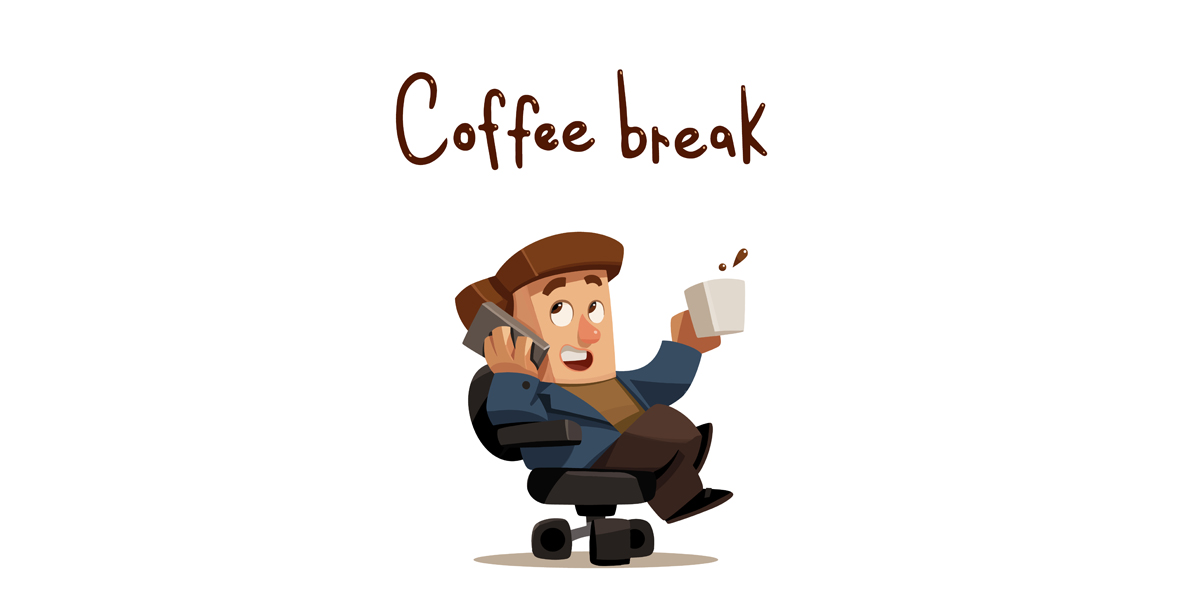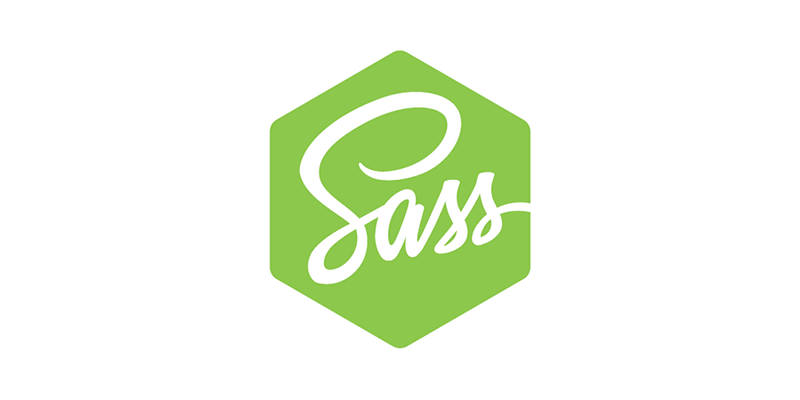众所周知,javascript 是运行在单线程的,主线程的代码无法中断执行,否则整个应用就跑不起来了,比如在全局执行环境使用 return 语句
let a = 1;console.log(1);if (a == 1) { return;}console.log(2);控制台直接报错 Uncaught SyntaxError: Illegal return statement,想要解决上述的逻辑,可以通过一个函数包裹起来,让代码运行在函数执行环境里运行。
foo();function foo() { let a = 1; console.log(1); if (a == 1) { return; } console.log(2);}return 只能中断当前执行函数的执行,不能中断外部函数的执行,比如下面的代码会输出 continue 因为 forEach 执行的是每个回调函数,return 无法在外部函数返回
function foo() { [1, 2, 3].forEach((item) => { if (item == 1) { return; } }); console.log('continue');}foo();上面可以使用 for 或者 for in 来解决,由于都是同步代码,所以可以 return 来中断
function foo() { for (let i in [1, 2, 3]) { if (i == 1) { return; } } console.log('continue');}foo();label 标记语句
MDN 对 label 标记语句的定义,可使用一个标签来唯一标记一个循环,然后使用 break 或 continue 语句来指示程序是否中断或继续执行。
需要注意的是 JavaScript 没有 goto 语句,标记只能和 break 或 continue 一起使用。
在严格模式中,你不能使用“let”作为标签名称。它会抛出一个 SyntaxError(let 是一个保留的标识符)。
var i, j;outer: for (i = 0; i < 3; i++) { // 外部循环 inner: for (j = 0; j < 3; j++) { // 内部循环 if (i == 1 && j == 1) { continue outer; } console.log('i = ' + i + ', j = ' + j); }}我们也可以使用 label 标记语句来实现中断代码
function foo(a) { foo: { if (a == 100) { break foo; } console.log(a); }}foo(1); // console.log(1);foo(100); // 无打印try/catch
使用 try/catch 也可以实现代码中断执行
foo(1);foo(100);function foo(a) { try { if (a == 100) { // 中断 throw new Error('break execute'); } console.log('continue execute'); } catch (err) { console.log(err); }}


